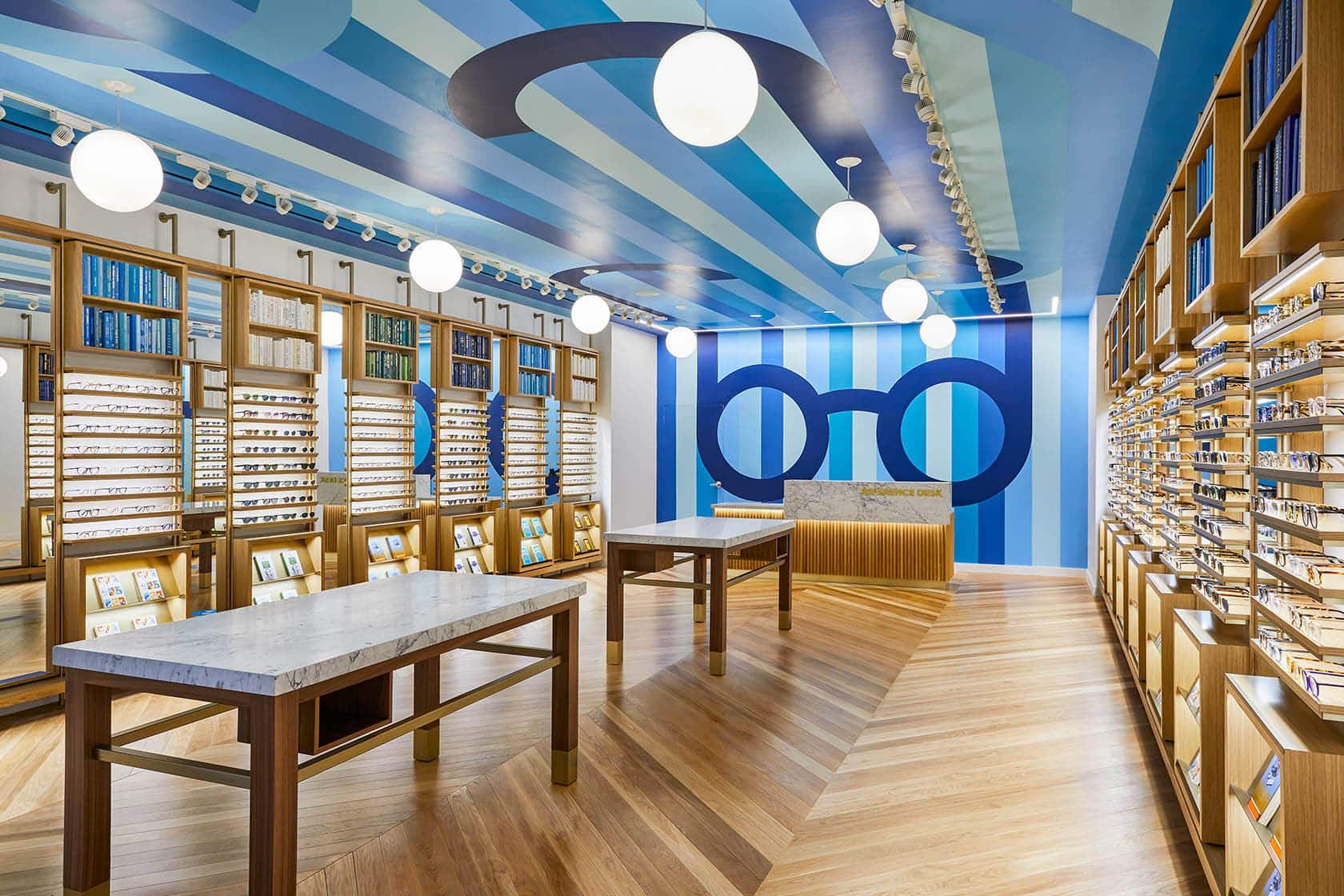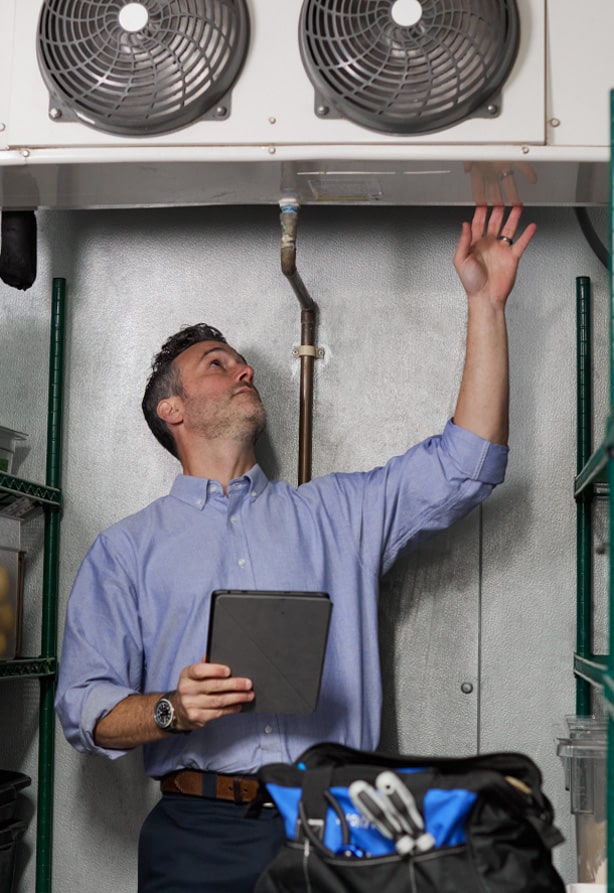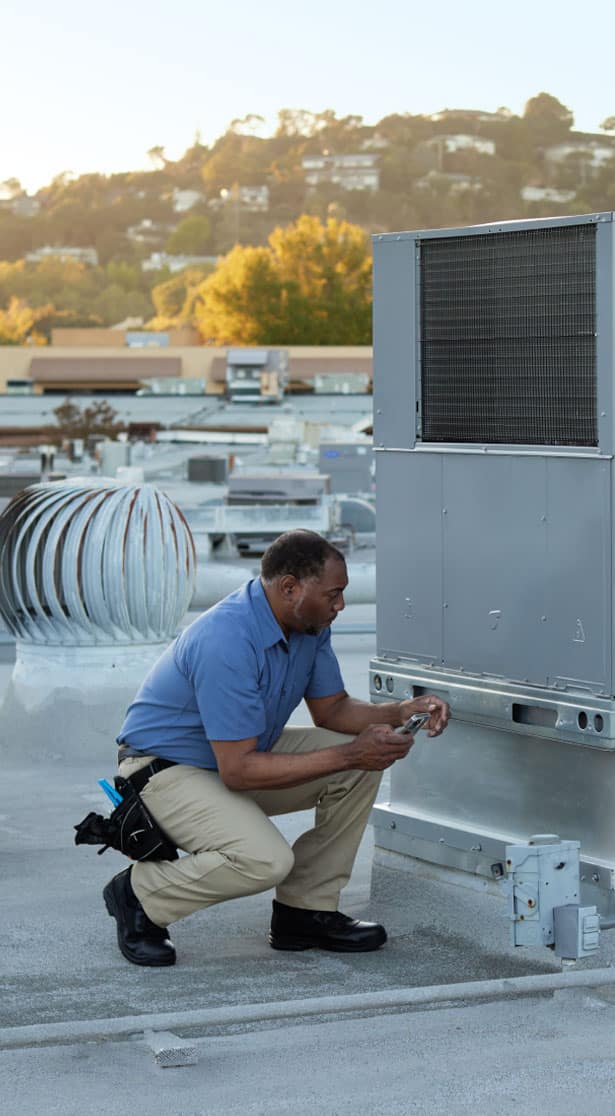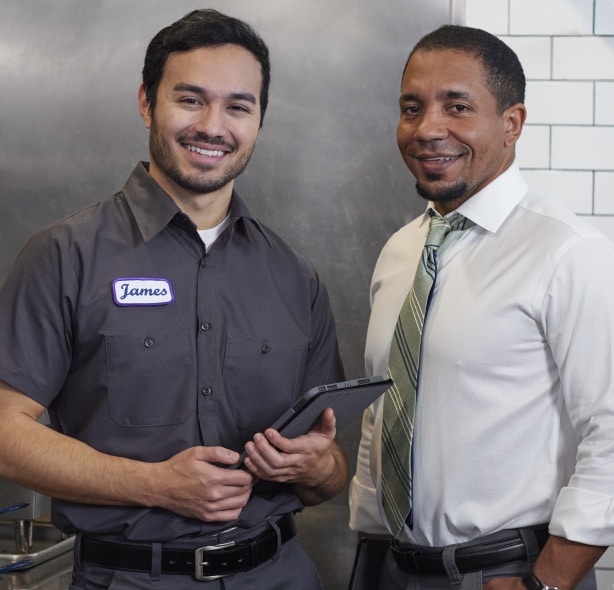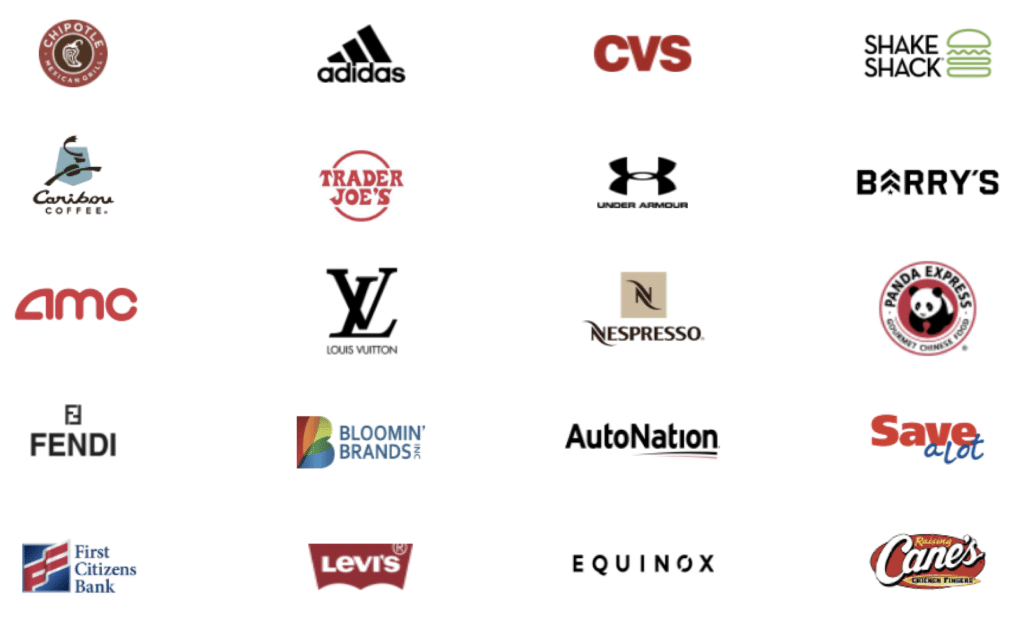Accelerate Performance
ServiceChannel brings peace of mind to facilities and store operations teams by ensuring that their locations offer the best possible guest and employee experience. Market leaders across industries partner with us to accelerate the performance of their business-critical assets. We make this possible through a SaaS platform that provides a single source of truth, a marketplace that connects businesses with top service providers, and professionally managed services.

